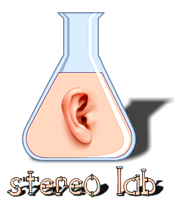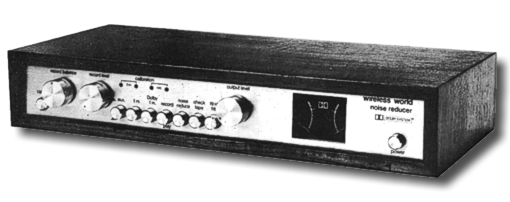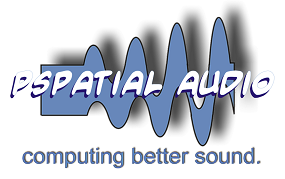

Few serious music collectors do not have a small, but irreplaceable part of their collection on analogue cassette tapes. This fragile medium has withstood the ravages of time rather worse than the LP.

Problems of speed stability (flutter) and tape dropout apart, we considered that it would be useful to implement the most popular analogue cassette noise reduction (NR) in software. In so doing, we implemented an algorithm which is based on the Wireless World Dolby Noise Reducer as shown in the image below¹.

One of the problems with hardware Dolby B decoding is that, in order to work properly, the audio must be decoded at the correct reference level. This is often not the case in hardware tape recorders - especially with old cassettes. This accounts for the poor performance of many hardware implementations. The result is usually an unacceptable degree of treble-loss when the noise-reduction is engaged.
The Wireless World Dolby decoder accomplished this with the inclusion of meters and line-up tones. In Stereo Lab, we take advantage of modern digital signal processing to ensure that the audio is first of all normalised so that it is at a reference level and with therefore be decoded properly.
1. Wireless World Dolby noise reducer, Geoffrey Shorter, Wireless World May, June, July 1975
 Home page
Home page
For all support issues, go here.
For Pspatial Audio sales, email: sales@pspatialaudio.com
